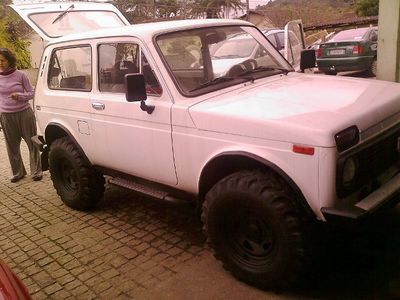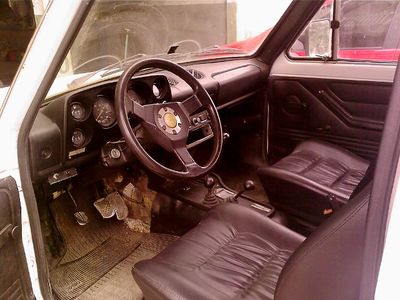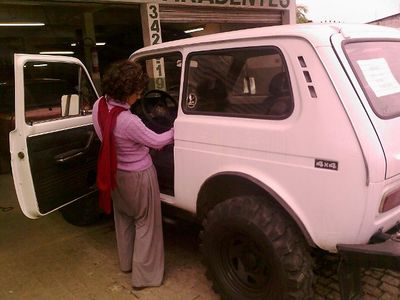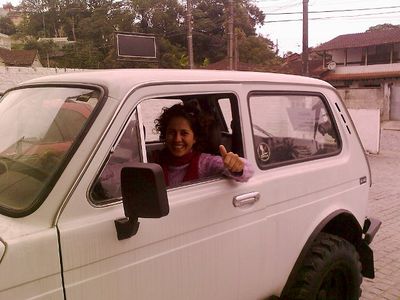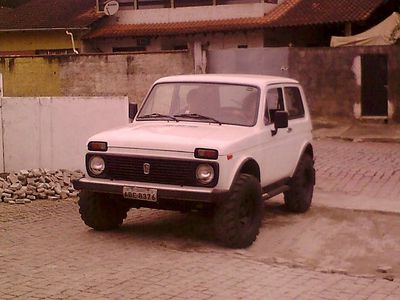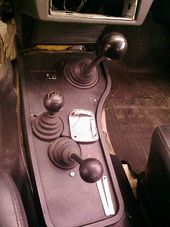Difference between revisions of "Lada Niva"
m (→Alternative products) |
m (→Alternative products) |
||
| Line 56: | Line 56: | ||
== Alternative products == | == Alternative products == | ||
| − | *Clutch and brake fluid prior to DOT3 was mainly composed of | + | *Clutch and brake fluid prior to DOT3 was mainly composed of castor oil ([http://pt.wikipedia.org/wiki/%C3%93leo_de_r%C3%ADcino Óleo de rícino]). |
== Files == | == Files == | ||
Revision as of 17:33, 20 May 2013
We bought a Lada Niva today as we need a rugged car for accessing our land which is at the end of 20km of dirt road and is not accessible with a normal family car in bad weather. Most Lada's have a bad reputation, but the Niva is the exception and it has many features which make it a perfect choice for our situation.
- It has very simple mechanics that make it about as good as possible for people who aren't professional mechanics to fix it themselves.
- It has no complex or sensitive electronic components making it immune to solar flares and EMP (and also contributing to independence for fixing it)
- It has excellent off-road performance, out-performing many models that are three or four times the price.
The Niva (a.k.a VAZ 2121) was described by its designers as a “Renault 5 put on a Land Rover chassis.” It was Lada's first non-Fiat based model. Much of its mechanicals are carried over from the Fiat based Lada models, though the body, four-wheel drive system, and front suspension were designed by Lada. Production began in 1977 and continues today (as of 2012) with only minor changes to the engine, rear hatch design, and interior trim levels.
In basic form, the Niva has a carbureted 1.6-litre overhead cam four-cylinder petrol engine producing 54kW (72hp) and 126N·m, a four- or five-speed manual transmission, and full-time four-wheel drive. The four-wheel drive system employs three differentials (centre, front and rear), similar to manual-transmission Toyota FJ Cruisers. There are no locking hubs. The transfer case involves a high/low range selector lever and a central differential lock lever. Low range can be selected with the centre differential locked or unlocked. The original Niva has a maximum speed of around 130kph, and can cruise at 90kph while consuming petrol at 8.25L per 100km. Its towing capacity is rated for up to 860kg.
Our Niva runs on alcohol instead of petrol or diesel which means that we can make our own fuel if (when) petrol prices become impractically high, or the supply-chain distribution system breaks down due to economic issues rendering gas stations useless. All in all, the Lada Niva is one of the best post-apocalyptic vehicles on the market!
Buying the car
On our land
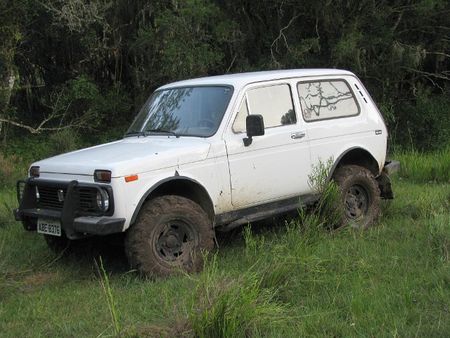
|
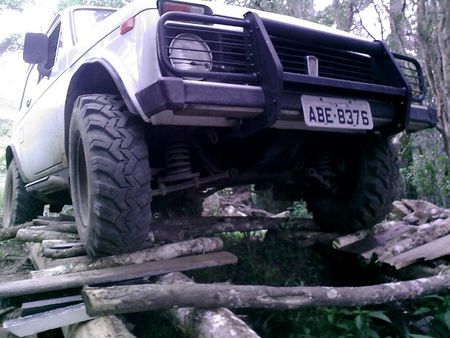
|
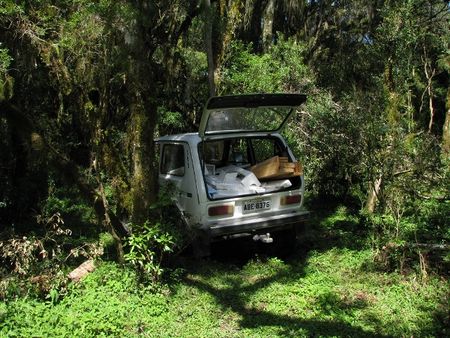
|
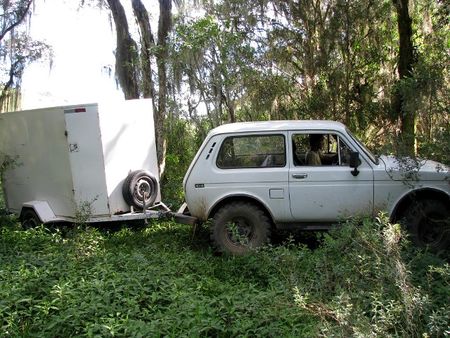
|
Gambiarra
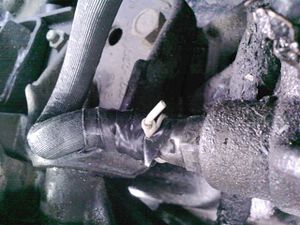
|
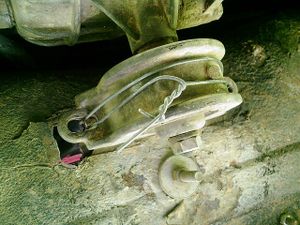
|
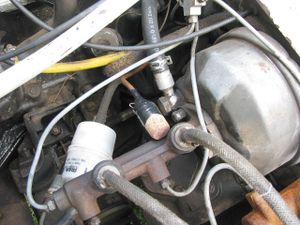
|
Resources
- Wikipedia Lada Niva page
- Lada Niva UK - excellent Niva resources (e.g. all manuals at end of page)
- Baxter's Niva Newbies Guide
- Lada UK Forum - Plenty of Niva discussion; UK based, but plenty of international participation, especially from the antipodes
- Difflock - The other English speaking Niva forum; also caters for other breads as well, and many general off-road driving topics
- Niva.ru - English & Spanish translations of Russian FAQs
- Niva Adventure - Lots of modifications and forum (French, some English content)
- Navigatsioo Nitehnika - Estonian Niva crew who did what looks like a cross between trials & orienteering
- Parque 4x4 - A comprehensive Niva site in Spanish, plenty of tech, modifications, & good images; They're into long range & extreme Niva driving
- Gadgetboy's site - (formerly www.turbo-nutter.com) GB's on-going build & modifications diary, includes full Niva 1600 & 1700 manuals etc
- Good article about alternators and voltage regulator principles
Alternative products
- Clutch and brake fluid prior to DOT3 was mainly composed of castor oil (Óleo de rícino).
